I did mention in the previous article on our visit to Panglao Church that the town of Panglao was significant to me because it was the reputed hometown of the Cloma Family. After that visit to the church, I was very pleased with myself, not only because the church itself was quite appealing as we had previously seen, but also because I had finally been to the place where my ancestors supposedly lived and worshipped.
With that, I therefore felt that we could get on with this Visita Iglesia itinerary and move on to the next church. My Cloma cousins who were with me, however, had a different plan – they told me that it was insufficient for us to just drop by our hometown church; we also had to visit our ancestral house!At that moment, all I could think was, how stupid of me, of course if Panglao was the original hometown of the Cloma Clan, then there must be an ancestral house there somewhere. Therefore, we must do an Akyat-Bahay of the Cloma Ancestral House in Panglao.
About a block away from the front of the church was where the Cloma Ancestral House stood.
It was actually impossible to miss, since it had this sign right next to it.
The sign read, “Former Residence of Adm. Tomas A. Cloma, ‘Discover of Freedom Land,’ Founder and Owner PMI-Colleges.”
This isn’t the place for a full biography of Tomas Cloma (1904-1996), but it can be asserted here that he was a fairly significant figure in 20th century Philippine history, and the sign clues the reader in as to why. He was my father’s father’s cousin, and because my grandfather disappeared during World War II (he was an urban guerilla and was presumed killed by the Japanese), his orphaned family looked up to Tomas as some sort of father figure. My father worked for him briefly at the aforesaid PMI (Philippine Maritime Institute) at its Manila campus, and he was also a principal sponsor at my parents’ wedding in 1965.One final factoid about the venerable Tomas – I was told that he was not actually an “Admiral,” though that might have been an honorary title that he received subsequently given his many seafaring-related accomplishments; he was however a lawyer, admitted to the Philippine bar in 1941.
The structure now referred to as the Cloma Ancestral House was the house in which he is believed to have grown up in and maybe even born. It is a simple unpretentious affair, with a clapboard second-storey exterior and a hollow-block-and-cement ground-floor skirt.
This sort of construction may indicate that the original house was a traditional bahay kubo, where the nipa walls were subsequently replaced with wood, and where the bamboo stilts were simply augmented by and enclosed in concrete.
It might have also been substantially enlarged from the original structure – today, the structure is L-shaped and significantly larger than a typical bahay kubo.
The entrance to the second storey, presumably still the house’s main floor, is via a short flight of steps up a balcón (roofed porch). Access to the ground floor, on the other hand, is via a door immediately beneath the porch.
Unfortunately, we couldn’t enter the house to check out the interior. Apart from the fact that it appeared unlikely that there were any original furniture pieces still within, my cousins told me that the house was currently tenanted, and it would probably not be convenient for us (who weren’t technically their landlords anyway) to just enter on the basis of our say-so (or our family name). Perhaps we could do so on a future visit, when appropriate arrangements could be made in advance.
In any event, the structure was in fair shape and looked like it was reasonably maintained.
However, I could not avoid painting a mental picture of how much better it could be, if it were in the hands of a real Cloma such as this one.
(And I would actually consider it, after I’ve cleared my outstanding projects list – sometime in the middle of this century, in time for Tomas Cloma’s 150th birth anniversary. By which time I will be nearly as old as he was when he died!)Originally published on 10 February 2011. All text and photos copyright ©2011 Leo D Cloma. The moral right of Leo D Cloma to be identified as the author of this work has been asserted.
Original comments:
johnada wrote on May 8, '11
I like houses like this, simple and easy to the eyes.I do hope you will manage to do what you want in Bohol.
|
rally65 wrote on May 8, '11
johnada said
I like houses like this, simple and easy to the eyes.I do hope you will manage to do what you want in Bohol.
We'll see if I live long enough!
|
docsalgado wrote on Jun 17, '11
Go Leo, i cant wait to see this house back to its feet and better. I have more reasons to go with you to Bohol.
|
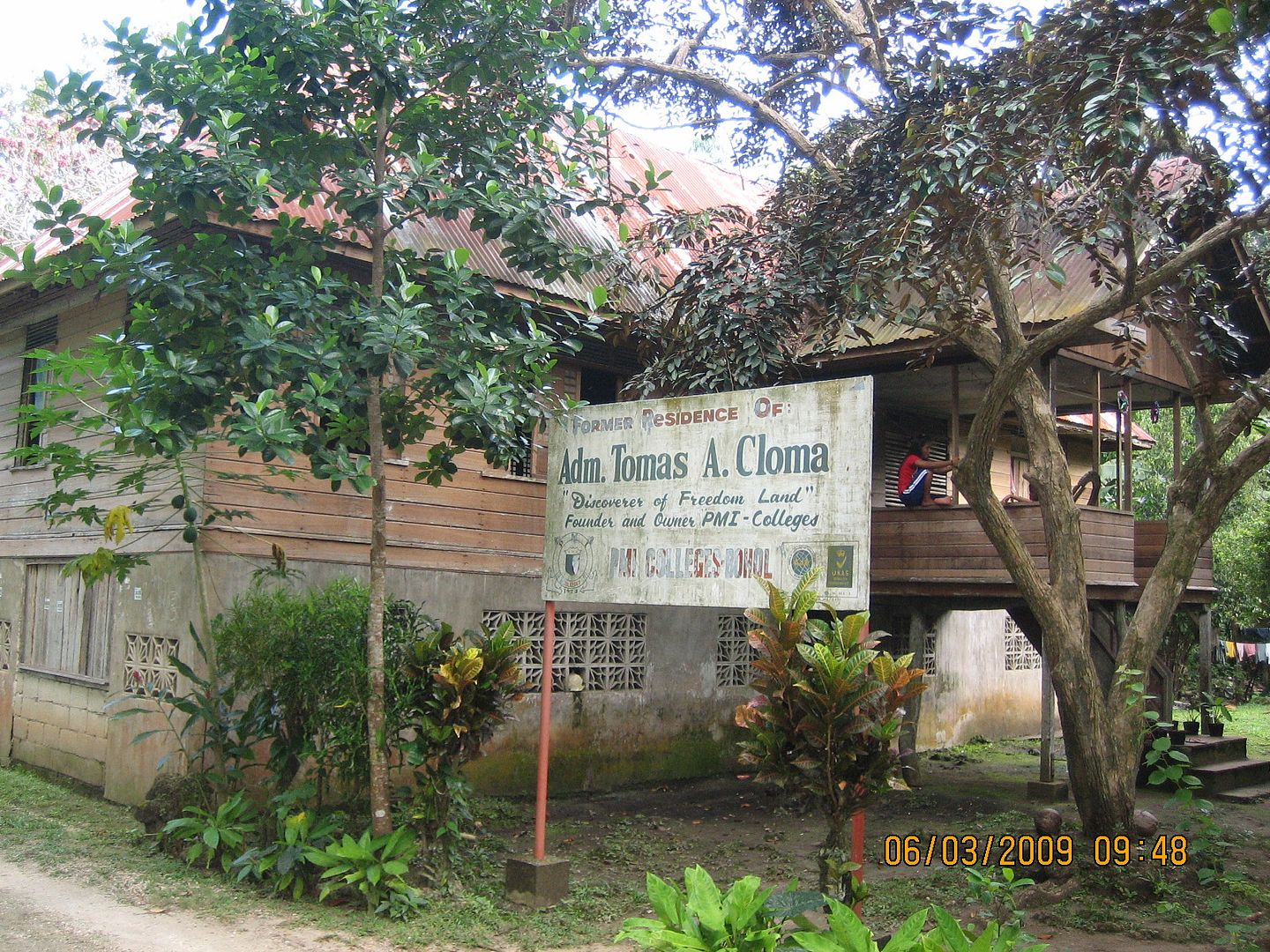
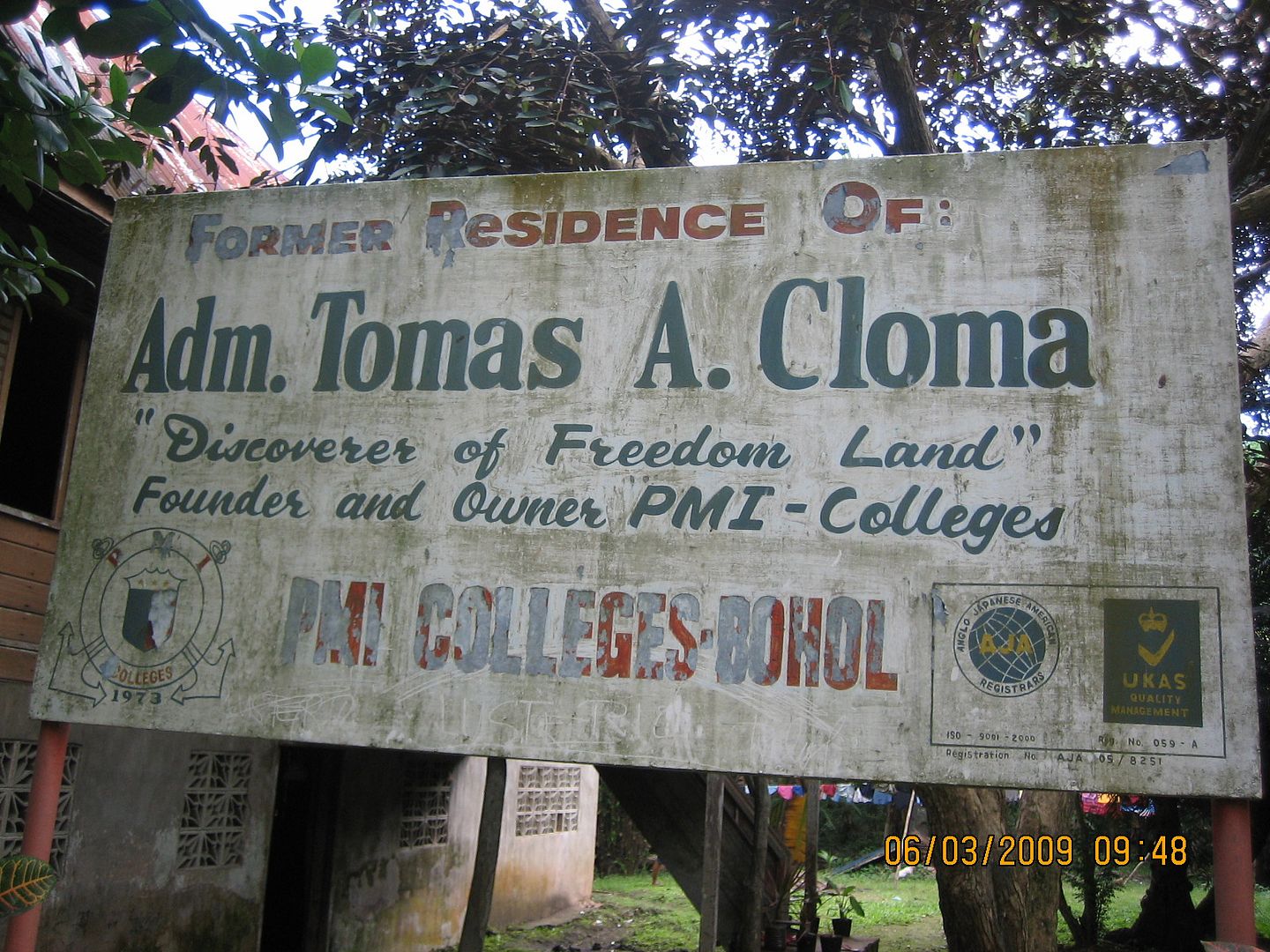
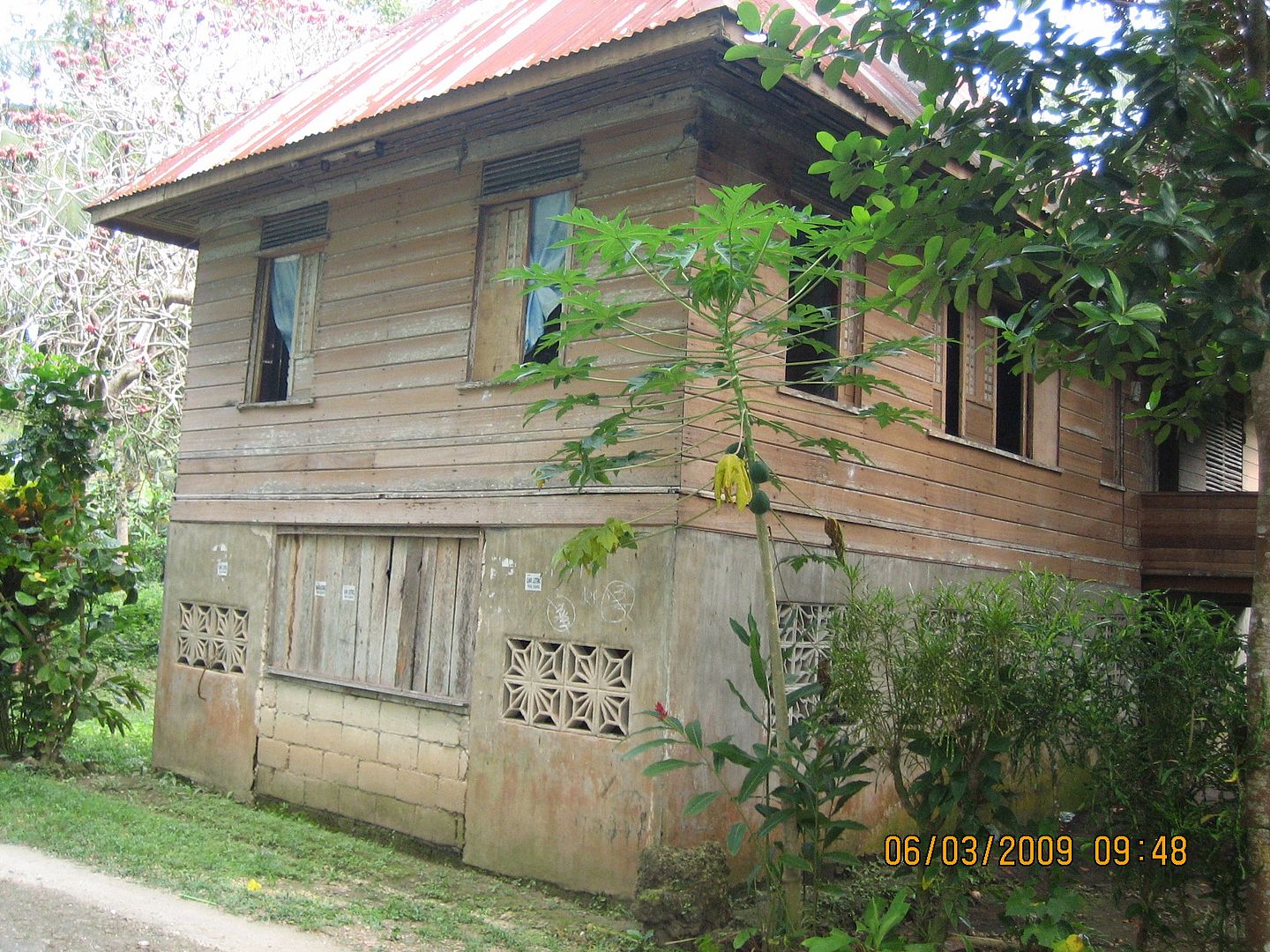

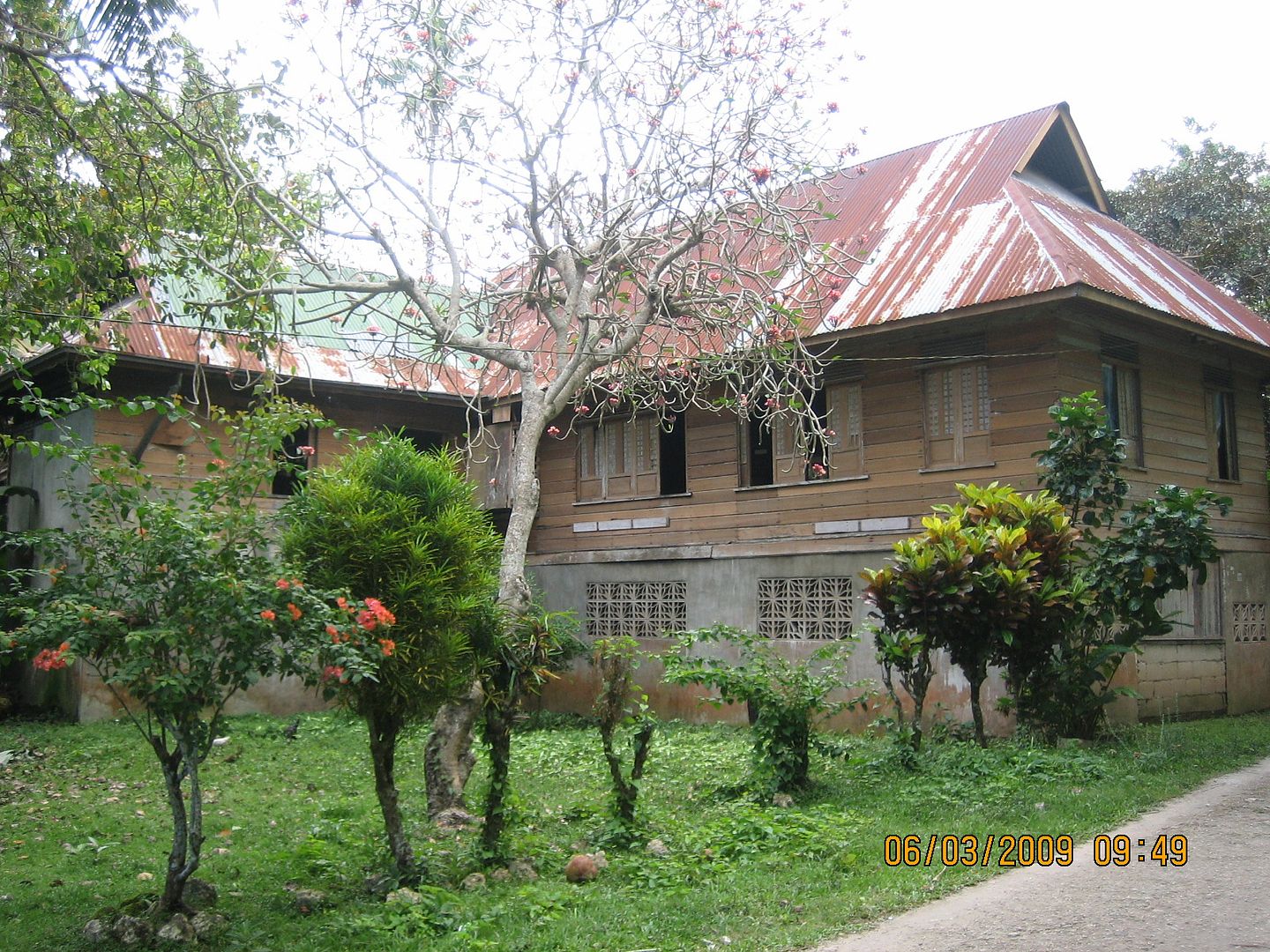
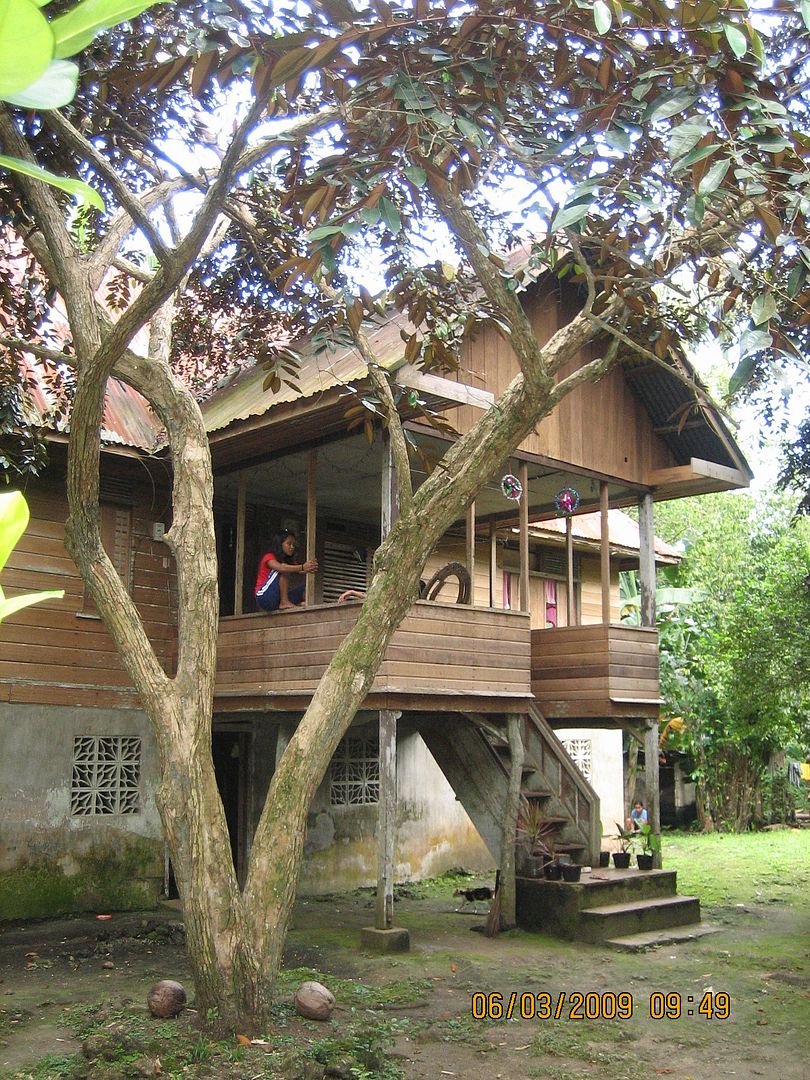
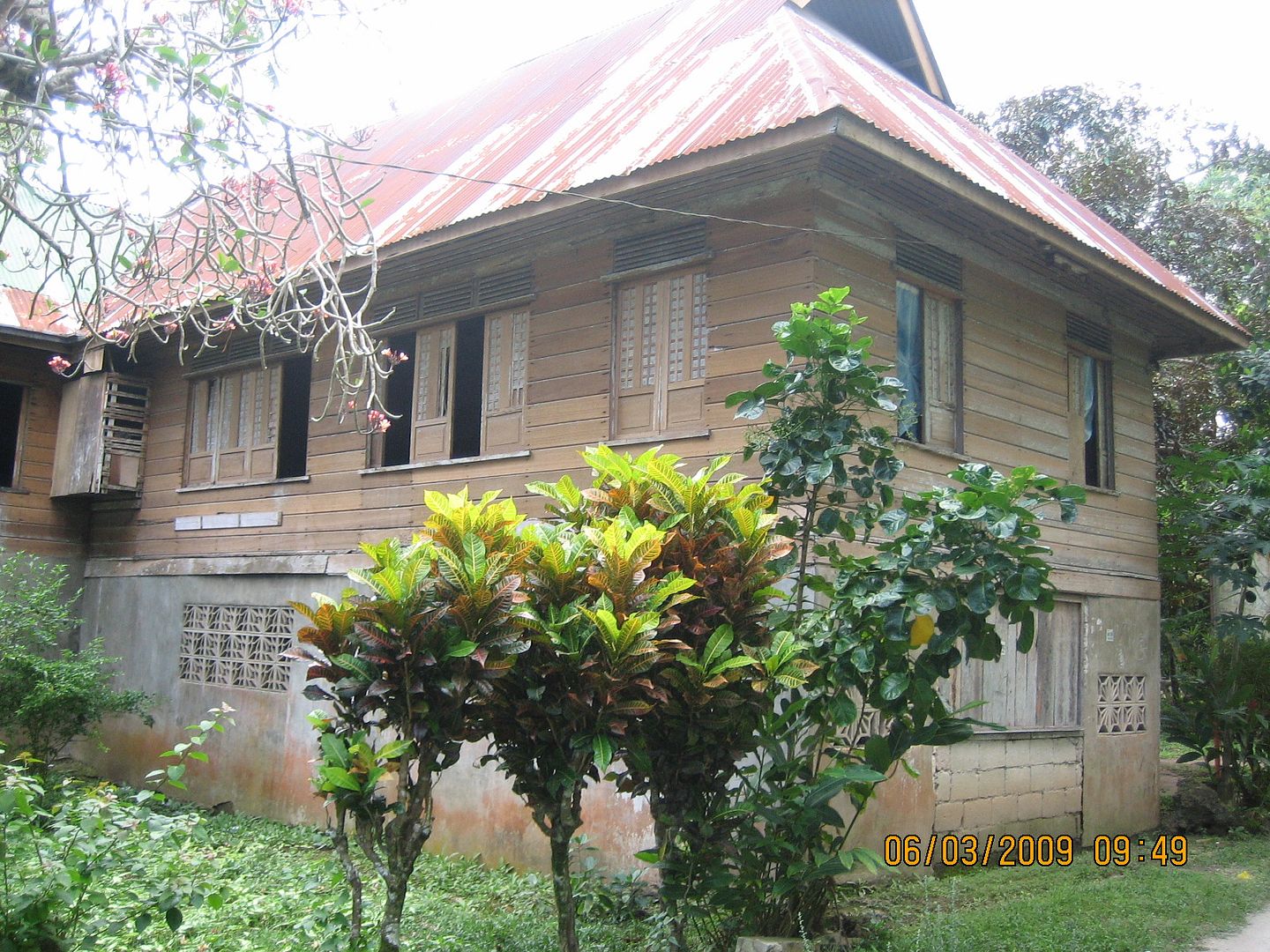
No comments:
Post a Comment